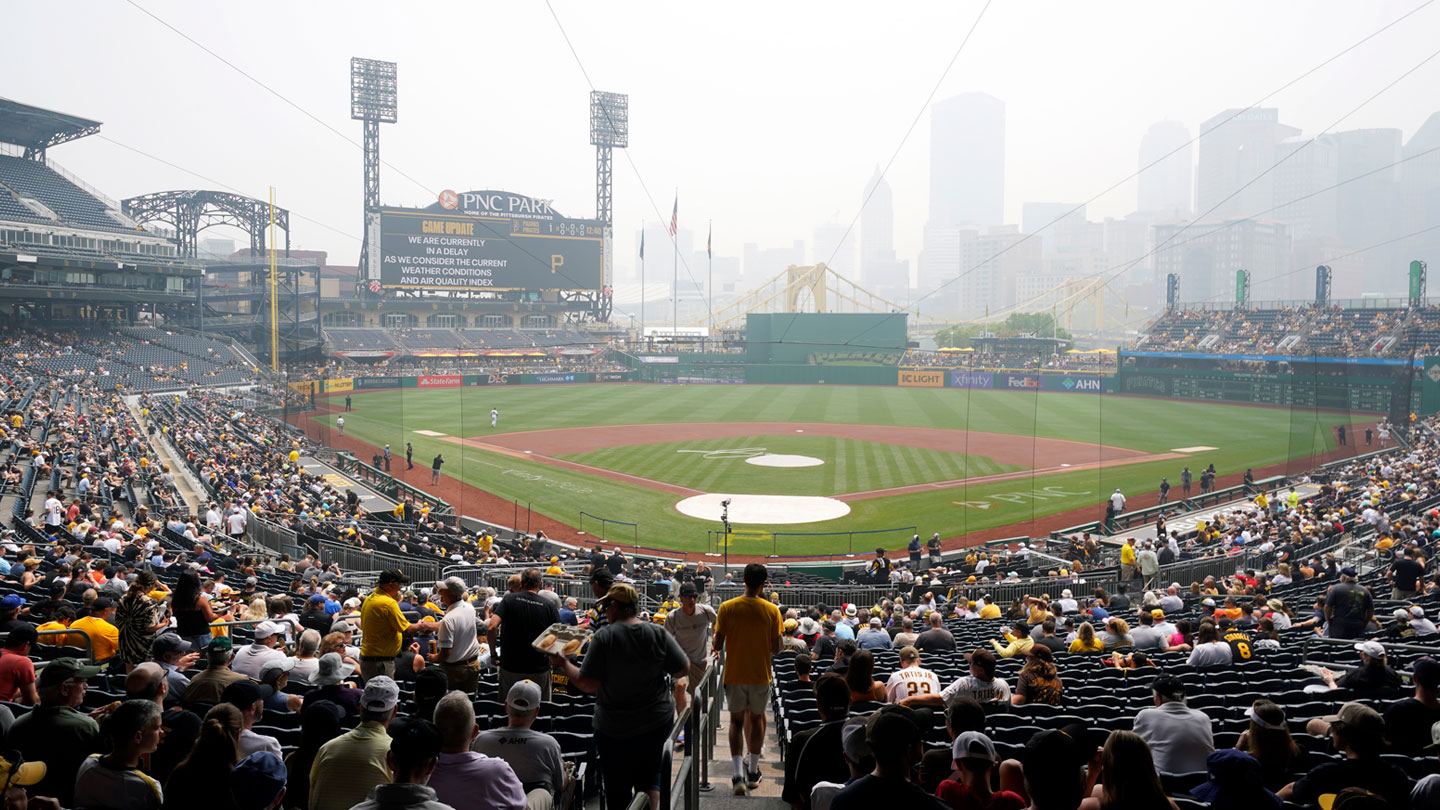North America’s summer of smoke may well be a harbinger of what’s to come. As record-breaking wildfires in Canada continue to sweep across the land, smoke has been suffusing the skies for more and more people. Frequent fires like these can mean more smoke inhaled, and over longer periods of time.
Air pollution exposure scientist Jeffrey Brook’s office at the University of Toronto is roughly 500 kilometers from some of the raging blazes that have engulfed more than 8 million hectares in Canada this year. Even at that distance, the air has been bad, he says, shrouding the city in noxious gasses and tiny particles of burned biomass. “It’s the worst particulate matter air quality I’ve seen in 30 years or more,” Brook says.
When I reach him, he’s on a boat on the eastern end of Lake Ontario. All around, the air is hazy from wildfire smoke; he can just make out the shoreline. Driving there from Toronto, Brook felt like he was moving through a curtain, he says.
Some 800 kilometers south, where atmospheric scientist Katelyn O’Dell works at George Washington University in Washington, D.C., the scene has been less apocalyptic, but it can change abruptly. Some days, you can see and smell smoke in the air, and “the sky doesn’t even look blue,” she says.
2023-07-12 06:00:00
Link from www.sciencenews.org




















